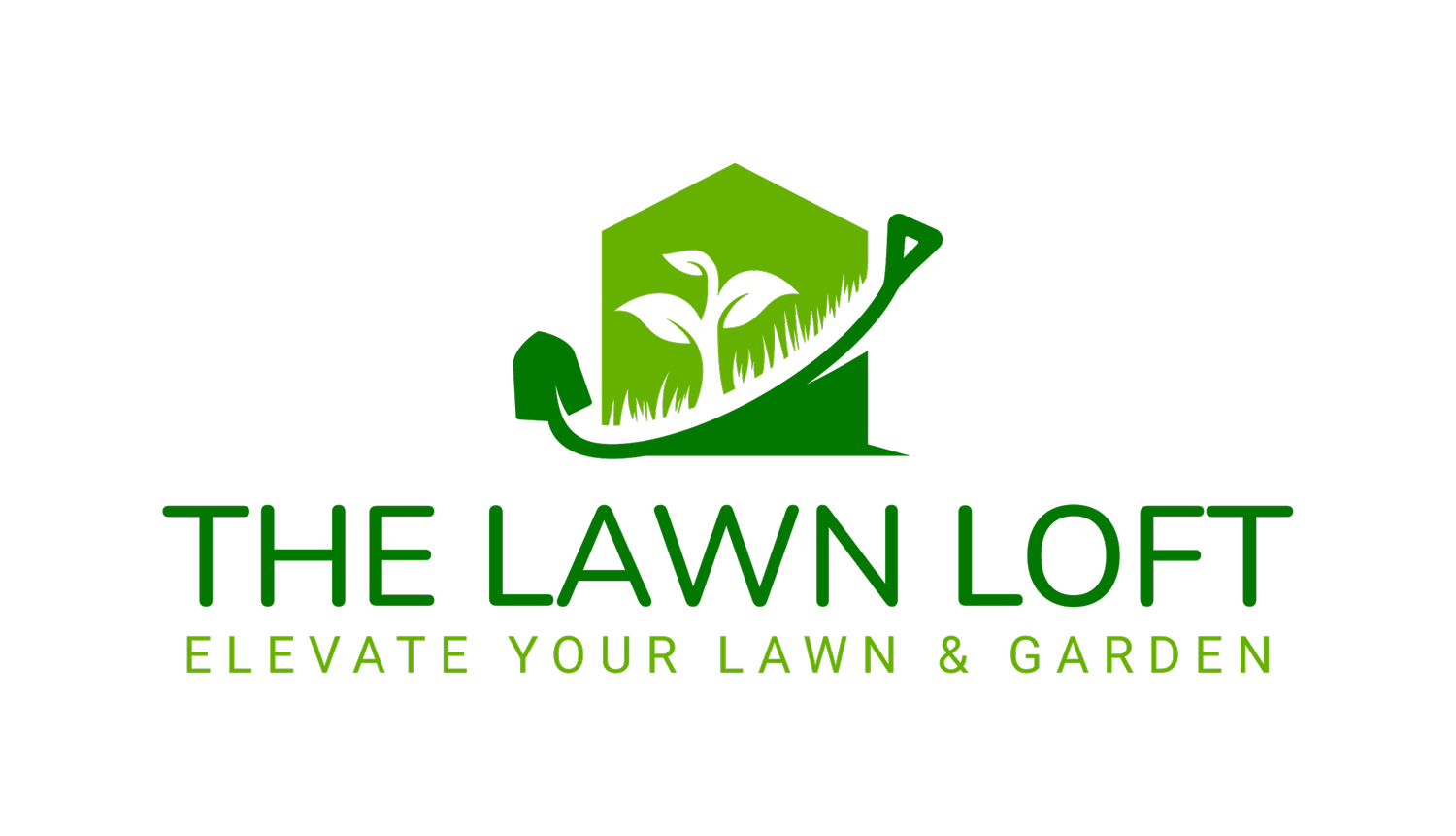The Benefits of Core Aeration for a Healthy, Lush Lawn
A beautiful, green lawn is the pride of any homeowner, but achieving and maintaining such a lawn requires proper care. One essential yet often overlooked lawn care practice is core aeration. Core aeration is the process of removing small plugs of soil from the lawn to improve air exchange, water absorption, and nutrient penetration. If you’re looking for a way to revitalise your lawn, here’s why core aeration should be a key part of your lawn care routine.
What Is Core Aeration?
Core aeration is a mechanical process that involves pulling small plugs, or “cores,” from the soil. These plugs typically measure about 5–10 cm deep and are left on the surface to decompose naturally. This process reduces soil compaction and enhances the overall health of your lawn by allowing essential elements to penetrate more effectively.
The Benefits of Core Aeration
1. Improves Soil Compaction
Soil compaction is a major issue that limits the movement of air, water, and nutrients to grassroots. When soil is tightly packed, roots struggle to grow, and the lawn becomes weak and thin. Core aeration alleviates this problem by loosening the soil, giving roots the space they need to grow deep and strong.
2. Enhances Water Absorption
A compacted lawn can lead to water runoff and poor drainage. Core aeration allows water to penetrate the soil more effectively, reducing puddling and ensuring that moisture reaches the root zone, where it’s needed most. This is especially important during dry spells or in areas with clay-heavy soil.
3. Boosts Nutrient Uptake
Fertilisation is essential for a lush lawn, but nutrients can’t reach their full potential if they’re blocked by compacted soil. By aerating your lawn, you create pathways that allow fertilisers and natural organic matter to reach deeper into the root system, resulting in healthier grass.
4. Promotes Stronger Root Growth
Strong roots are the foundation of a healthy lawn. By reducing soil compaction and improving access to water and nutrients, core aeration encourages deeper root growth. A lawn with deep roots is more resilient to drought, disease, and foot traffic.
5. Reduces Thatch Buildup
Thatch is a layer of dead grass, roots, and organic material that can accumulate on the surface of your lawn. While some thatch is beneficial, excessive buildup can prevent water and nutrients from reaching the soil. Core aeration helps break down thatch naturally by integrating it with the soil, improving decomposition and soil health.
6. Enhances Lawn Thickness and Growth
By creating a healthier environment for grassroots, core aeration leads to a thicker, more vibrant lawn. When combined with overseeding, aeration creates ideal conditions for new grass to establish, helping fill in bare spots and improve overall lawn density.
7. Increases Resistance to Stress
A well-aerated lawn is better equipped to handle environmental stresses, such as heat, drought, and heavy foot traffic. By promoting deeper root systems and better nutrient absorption, core aeration helps your lawn stay green and healthy even in challenging conditions.
When and How Often Should You Aerate?
The best time to aerate your lawn depends on the type of grass you have. For cool-season grasses, early autumn or spring is ideal, while warm-season grasses benefit most from aeration in late spring to early summer. In general, aeration should be done at least once a year, but lawns with heavy clay soil or high foot traffic may benefit from more frequent aeration.
Final Thoughts
Core aeration is a simple yet highly effective way to improve your lawn’s health, resilience, and appearance. By reducing soil compaction, enhancing water and nutrient absorption, and promoting stronger root growth, aeration sets the foundation for a lush and thriving lawn. If you want a greener, healthier yard, make core aeration a priority in your lawn care routine!
